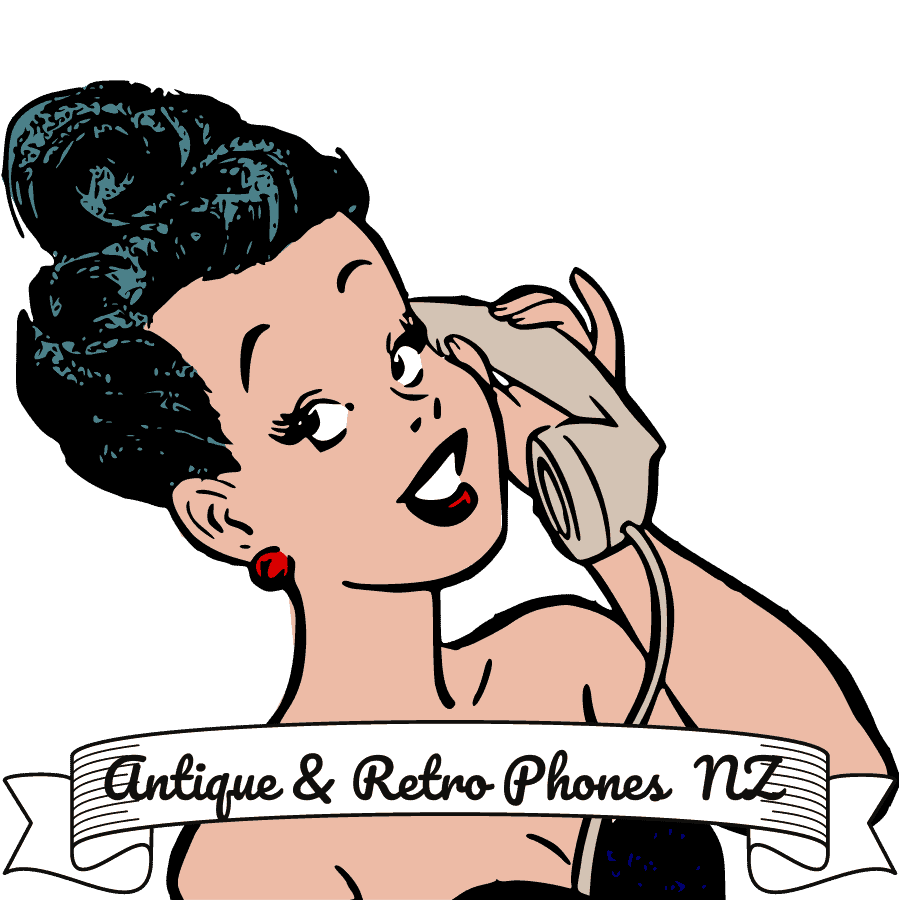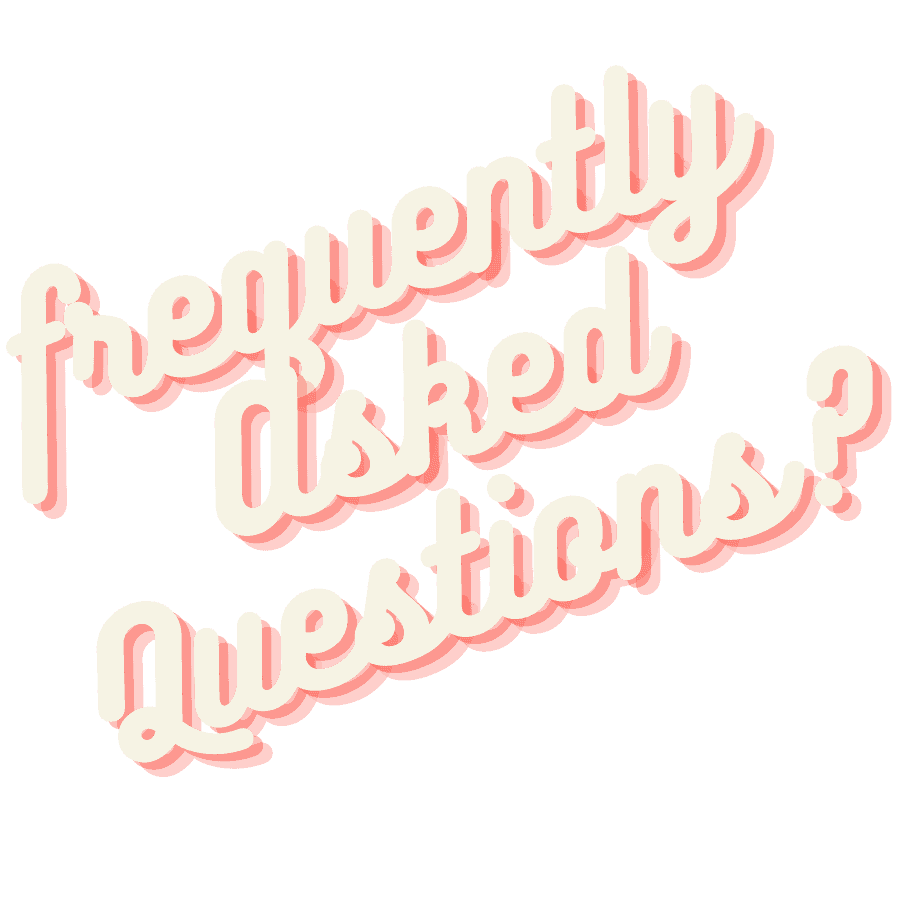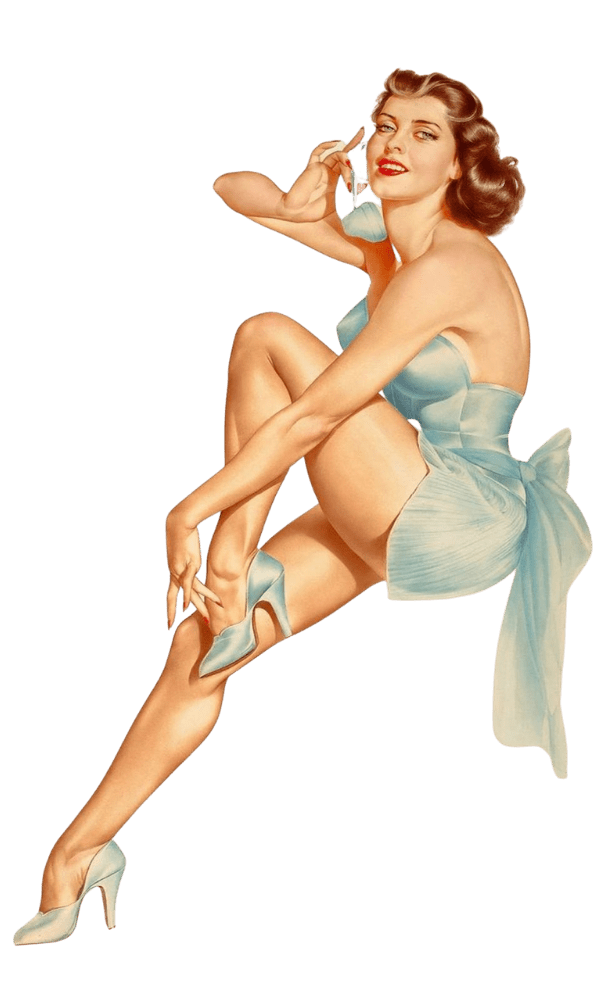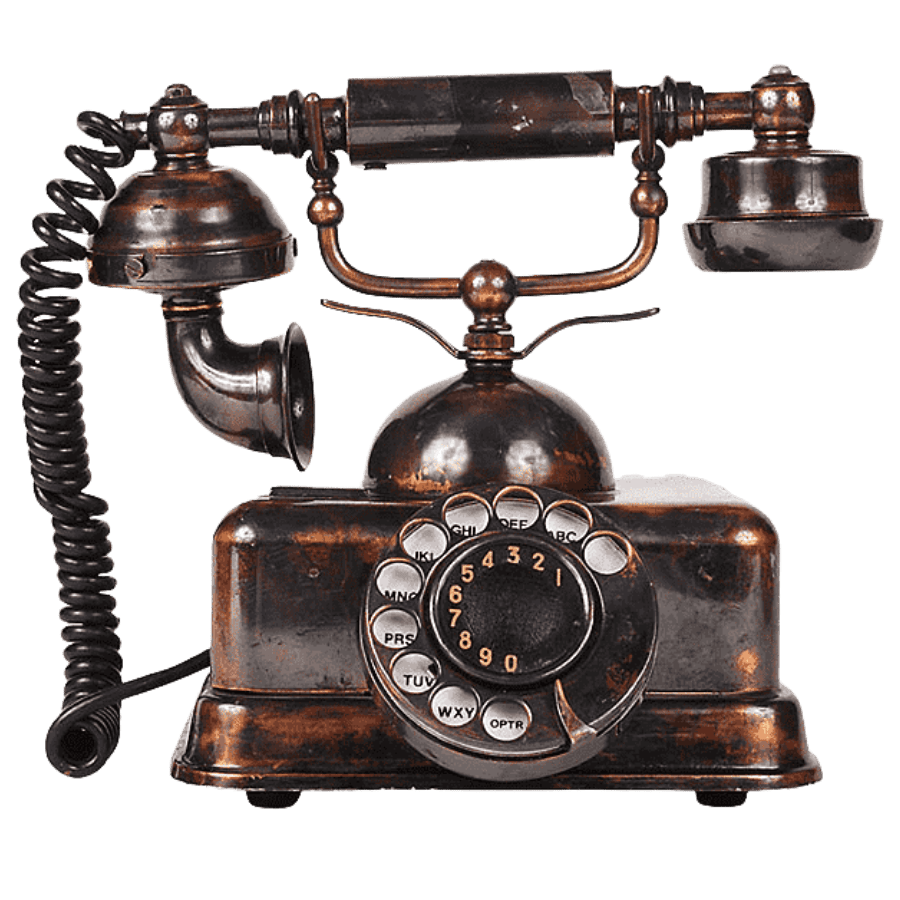

Retro & Antique Rotary Phone Sale:
Yes sale we now have available our very own Tone Dial adaptor selling at $129.00.
This means the old rotary phones from a bygone era can be brought back to life. I currently have for sale just 20 dial phones from the 60s and 70s all in really good condition and fully serviced.
We are selling on Facebook Market Place please visit our Facebook page for Listings...
If I Buy A Antique Phone Will It Work In My Home?
Most antique phones will still work, but the dialling function will only work on exchanges that accept pulse dialling.
My Antique Telephone Is Missing A Microphone, Do You Sell Any Parts?
Yes I do have a range of spare parts including microphones and speakers I have other spares such as polished black handsets for the Bakelite phones and other miscellanies parts.
Can I Get You To Rewire A Old Retro Telephone I Already Have?
Yes I am able to rewire most retro telephones, best to email your inquiry to me and please include a photo of the phone if you can.
What Is Tone Dialing?
Tone dialing - from the 1960s onward, the rotary dial was gradually supplanted by dual-tone multi-frequency push-button dialing, first introduced to the public at the 1962 World's Fair under the trade name "Touch-Tone". Touch-tone technology primarily used a keypad in form of a rectangular array of push-buttons for dialing.


How Does A Dial Telephone Work?
Antique and Retro Telephones:
On the rotary dial, the digits are arranged in a circular layout so that a finger wheel may be rotated with one finger from the position of each digit to a fixed stop position, implemented by the finger stop, which is a mechanical barrier to prevent further rotation. When released at the finger stop, the wheel returns to its home position by spring action at a speed regulated by a governor device.
During this return rotation, the dial interrupts the direct electrical current of the telephone line (local loop) a specific number of times for each digit and thereby generates electrical pulses which the telephone exchange decodes into each dialed digit. Each of the ten digits are encoded in sequences of up to ten pulses. For this reason, the method is sometimes called decadic dialling.
Tone dialing - from the 1960s onward, the rotary dial was gradually supplanted by dual-tone multi-frequency push-button dialing, first introduced to the public at the 1962 World's Fair under the trade name "Touch-Tone". Touch-tone technology primarily used a keypad in form of a rectangular array of push-buttons for dialing.
In later years, some phones were built which continued to provide the same rotary dial signalling but were operated with buttons. Most of these can be distinguished from touch tone phones by the lack of # and * keys.
Rotary dial telephones have no redial feature; the complete number has to be dialed for every attempted call. these phones also will not operate smart phone services.
Since the 1950s, telephones were redesigned with the numbers and letters on a ring outside the finger wheel to provide better visibility.
How Do I Know The Approximate Age Of My Dial Phone:
Since the 1950s, dial telephones were redesigned with the numbers and letters on a ring outside the finger wheel to provide better visibility this continued from the first 1950s styled phones right through the 1960s. At the beginning of the 1970s the number were printed on the inside of the dial.


Do We Have An Online Shop So You Can Purchase Now?
We have an online shop you can use or email your inquiry to us.
To find our products please visit the shop button...
Can My Old Wooden Telephone Be Made To Work?
We service and restore older telephones from the 1920s to the 1980s, we are able to rewire older phones such as wood wall phones which have no dial, these when wired can ring and be spoken on.
What Is The Difference Between Tone & Pulse Telephones:
What is the difference between Tone and Pulse? Tone dialing - from the 1960s onward, the rotary dial was gradually supplanted by dual-tone multi-frequency push-button dialing, first introduced to the public at the 1962 World's Fair under the trade name "Touch-Tone". Touch-tone technology primarily used a keypad in form of a rectangular array of push-buttons for dialing. A tone dial will beep when pressed.
In later years, some phones were built which continued to provide the same rotary dial signalling but were operated with buttons. Most of these can be distinguished from touch tone phones by the lack of # and * keys.[citation needed]
Rotary dial telephones / pulse / have no redial feature; the complete number has to be dialed for every attempted call.
Will Retro Push Button Telephones From The 1960's To The 1980's Work?
Yes retro push button telephones from the 196's to the 1980's can be either tone or pulse dialling. both will work but the tone dialling ones are better because the pulse dial buttons operate like a dial and send a pulse not a tone.
Do You Sell Decorator Telephones From The 1980's?
Yes the late 1970 and 1980s saw the introduction of the Telecom Decorator series of telephones, almost all of these decorator telephones were make in Italy for Telecom New Zealand. These telephones that we are selling are the best condition phones only.
All these telephones still work on telecom and many other telephone line suppliers.
